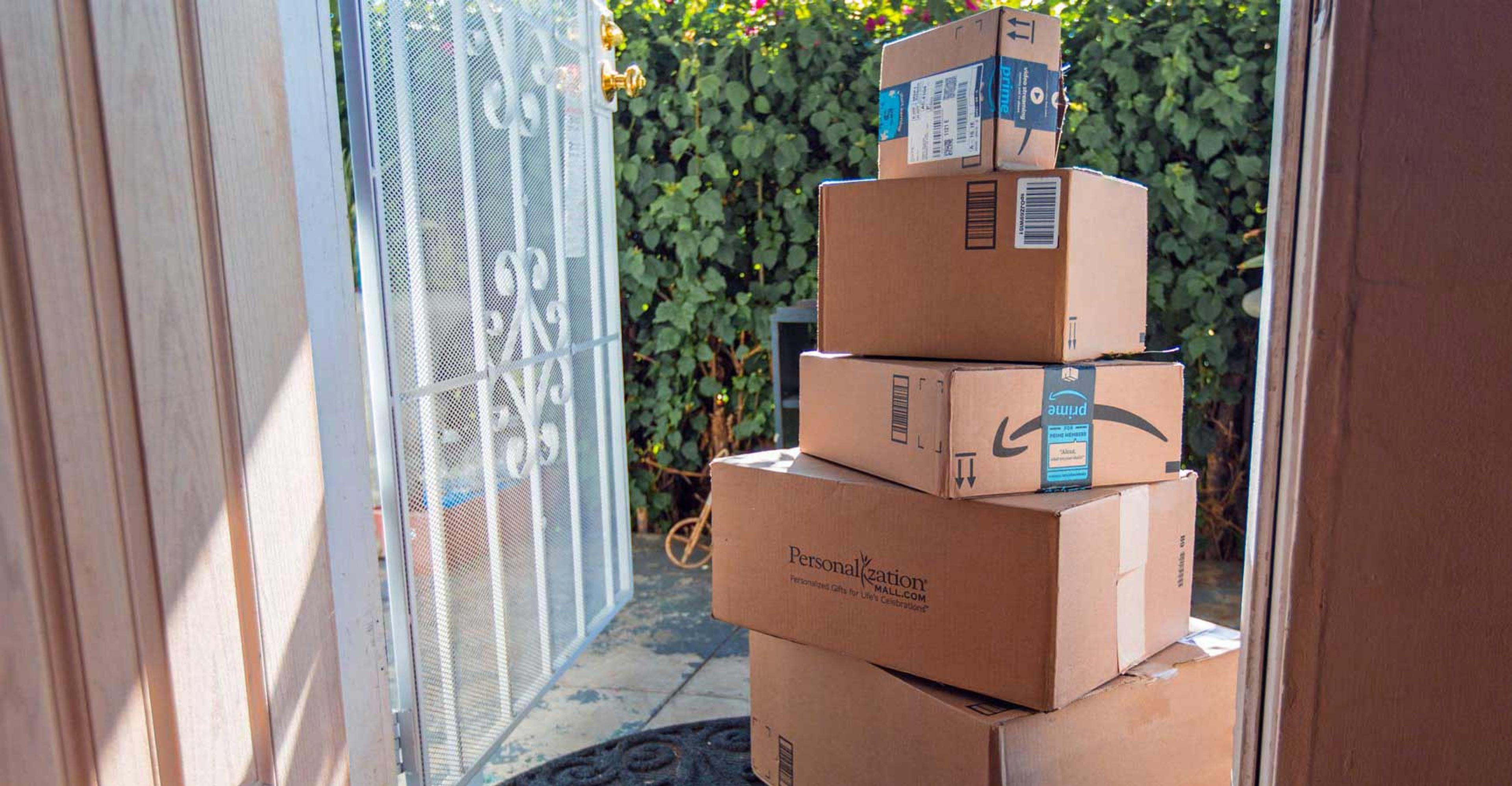
Shipping can be a complicated part of any ecommerce business—no matter the size. There are several different shipping methods for distribution services. One of the most prominent is flat-rate shipping, which is widely offered by USPS, FedEx and UPS. Utilizing this type of shipping is ideal for some businesses, but for others, there are far more effective method. There are a variety of things to consider when looking at this shipping method to determine if it’s the most cost-effective solution.
What is Flat-Rate Shipping?
Flat-rate shipping means that the shipping cost is not connected to the weight or size of the item shipping. Having a heavy item that fits into a smaller lightweight box can be advantageous. However, it may not be the best option for packages with very large, lightweight items to transport. Distance is also not taken into consideration for this type of shipping. For shipping items over long distances, it could work well, but may not be the most cost-effective choice for closer destinations. This shipping method simplifies things quite a bit and can be a great option for some brands. Though it’s important to do research before deciding. Let’s dive into the advantages and disadvantages.
Advantages of Flat-Rate Shipping
Utilizing flat-rate shipping offers the biggest benefit of creating predictable costs. It allows companies to accurately forecast the budget, regardless of the distance or weight of the order. This shipping method also avoids any surcharges that are typically imposed by UPS and FedEx, like fuel and residential delivery fees. Additionally, dimensional weight does not apply either. Dimensional weight bases the weight on the amount of space a package takes up, instead of physical weight. FedEx and UPS apply dimensional weight to all packages, but flat-rate shipping can help avoid this.
Another advantage is packaging. USPS and FedEx both offer packaging that companies can order for free if they’re using flat-rate shipping, while UPS offers the flexibility of using one's own packaging. This can be helpful if the packages are nonstandard sizes and won’t fit into other carriers’ package sizes. If one decides that flat-rate shipping is the best option, it is important to bear in mind that each carrier has its own options. It's crucial to analyze each one and select the one that suits them best.
Disadvantages of Flat-Rate Shipping
Defaulting to flat-rate shipping may be easier, but it’s not always the best way to save on shipping charges. This is particularly true if a company ships mostly light-weight items. For example, suppose the company is selling an item that easily fits into a small flat-rate box. In such cases, if the item weighs under one pound, using USPS First-Class Package Service would be a more cost-effective option. It’s important to research every shipping option for specific products to determine what the most cost-effective solution is.
Another drawback of this shipping method is packaging. To use the flat-rate services of USPS and FedEx, the provided packaging must be used.
UPS allows the use of their own packaging with size constraints. If the package doesn’t fit the necessary dimensions, it won’t qualify. An additional disadvantage is that some options may not be available based on certain delivery time frames. Only FedEx and USPS offer guaranteed overnight flat-rate services, and only FedEx ships boxes with these services. If a company is trying to meet a strict delivery timeline, this may not be the shipping method.
Master Shipping with ITS Logistics
Deciding when to use flat-rate shipping for the most cost-effective option can be complex but is important for a company's success. It's essential to consider aspects like product size, weight, shipping timeframes, and carrier package constraints when comparing flat-rate shipping cost options with their counterparts. At ITS Logistics, the team provides streamlined supply chain solutions, demonstrating a keen understanding of clients' businesses. Partnering with a third-party logistics (3PL) provider can help navigate these complexities, fostering a more reliable and efficient supply chain. Reach out to ITS Logistics today to discuss how the team can tailor shipping options for specific products!
How can we help you?



